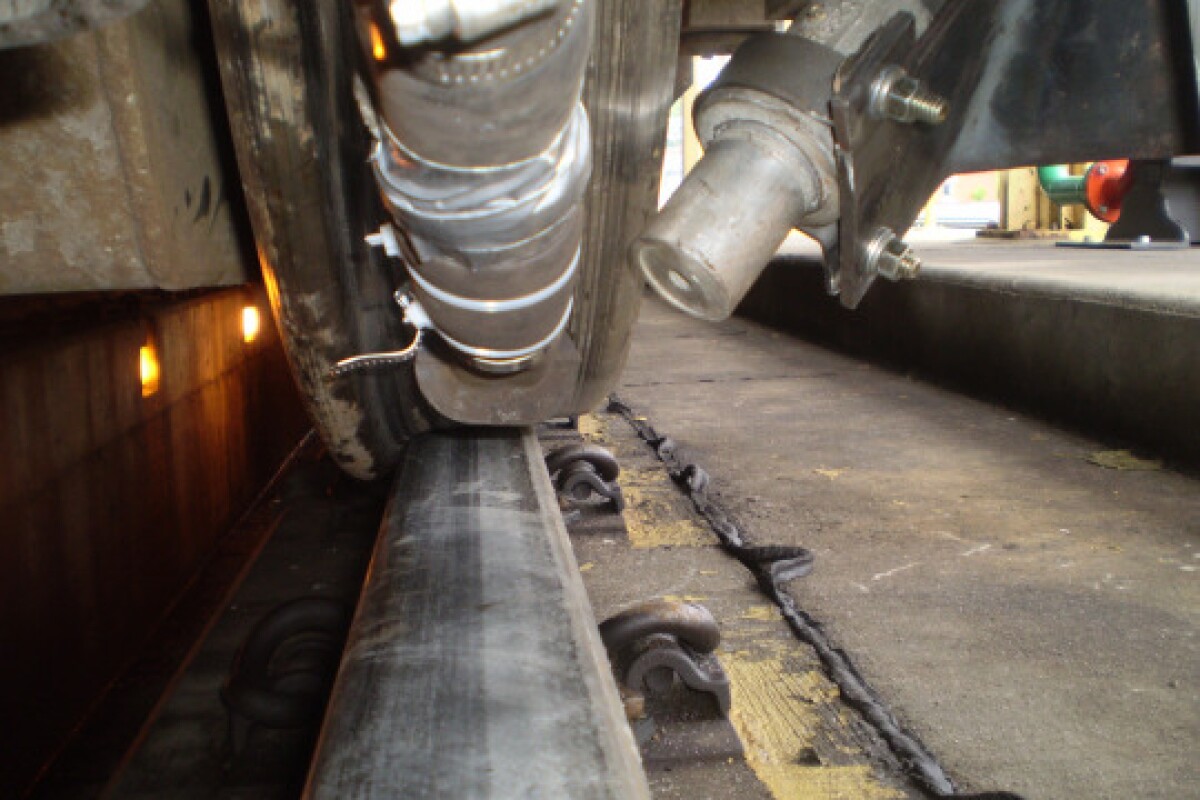Imagine if you were trying to pull a heavy sled up an icy hill, while wearing slick-soled boots. Well, that's kind of what it's like for locomotives working on snowy mountain railways. If there's too much ice or snow on the rails, their steel wheels will just spin out when traveling up inclines. Because of this problem, trains going along such routes are generally kept short and light – which isn't cost-effective. Now, however, GE Transportation has developed a supersonic air blower to keep those tracks dry.
Known as the Advanced Rail Cleaner (ARC), the device is mounted so that its nozzles point onto the rails, in front of the locomotive's lead axle.
When an onboard computer detects that the locomotive's wheels are starting to slip, the ARC directs high-pressure jets of air onto the tracks at supersonic speed. This serves to blast away not only snow, ice and water, but also contaminants such as gravel, grease and rust. As a result, the wheels quickly get up to 30 percent more traction.
In a recent demonstration of the technology, GE engineers installed ARC on trains traveling through through the often-snowy Ardennes mountain range between Antwerp, Belgium and Luxembourg. Wheel-slippage is enough of a problem on this route that rail operators generally opt to run heavier trains around it instead of through it – doing so involves going farther, and is thus more expensive.
The system reportedly worked flawlessly, allowing rail company Heavy Haul Power International to increase the length of its trains traveling through the mountains from 23 cars to 30.
ARC has been in development for the past five years, and is already being used on over 300 locomotives. You can see (and hear!) it in use, in the following video.
Source: GE Reports




